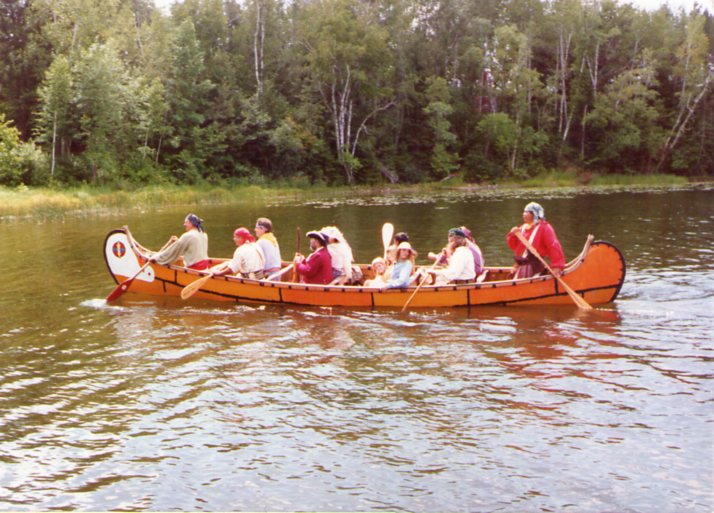
Countdown to Canada 150 – No canoe No Canada!
It was Roy MacGregor, in his book, Canoe Country, who quite succinctly points out, “No canoe, no Canada.” End of story.
The canoe was used by the indigenous peoples as a way to move around this harsh land, and the rivers and lakes were the highways.
In the fur trade – two canoes were the workhorses of the industry. The first was the Canot du Maitre (Montreal Canoe). This 36 foot freighter could carry up 8000 pounds of cargo and men. It was typically paddled by 8-16 men, and was the canoe used on the trips from Montreal to Fort William.
The smaller, faster canoe, was called the Canot du Nord (North Canoe) and was about 20 feet in length and was used for work in the interior rivers. It would bring furs down to the trading posts, and supplies back into the hinterland. Usually 2-6 paddlers would paddle this smaller version. The high bows and sterns allowed for work in high seas, and the birch bark hulls meant that everytime the boat touched or scraped bottom there was chance for a breach. So if you are out for a paddle this Canada 150 season, remember to be mindful that voyageurs and indigenous peoples have been plying this waters for hundreds of years.
